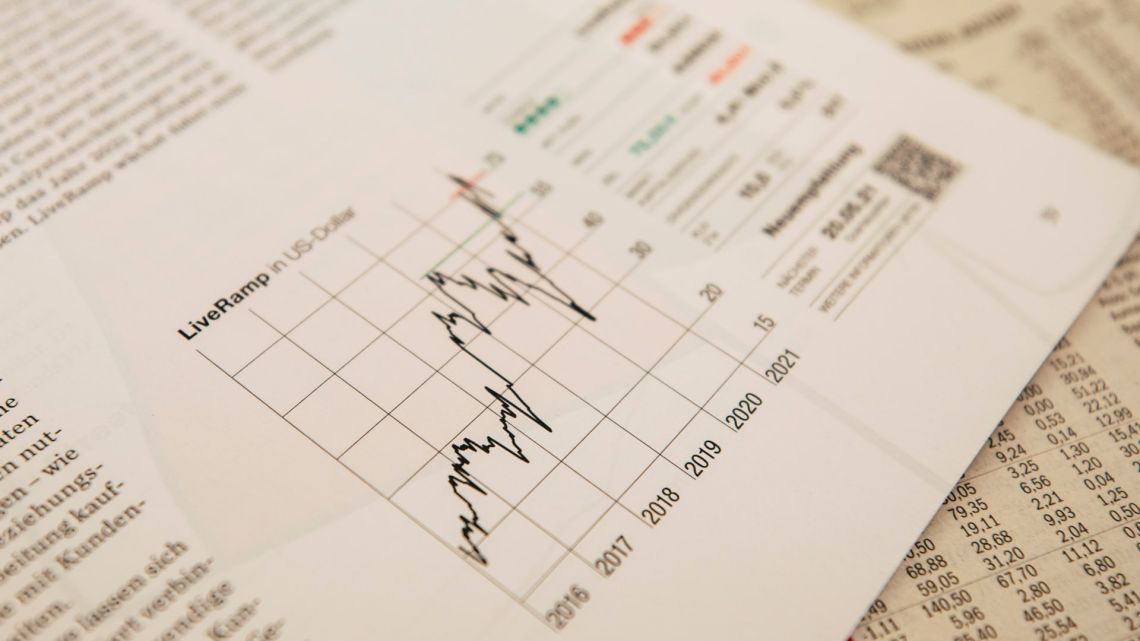
Introduction
In recent times, the Federal Reserve has earned praise for effectively managing inflation without a significant rise in unemployment. This phenomenon has been hailed as the "immaculate disinflation." However, there are signs that the Fed's luck may be running out. Since the onset of the pandemic in March 2020, the policy pursued by the Fed has become the primary cause of the most severe inflation witnessed in over forty years.
The Changing Landscape
For more than three decades, from the mid-1980s to 2020, the Fed steadily expanded the money supply by about 5.5% per year. Renowned economist Milton Friedman demonstrated that this measure, known as M2, had a direct impact on inflation. Thanks to this monetary policy, inflation remained at around 2.5%, with the additional 3% accommodating economic growth.
The Pandemic Effect
However, everything changed with the advent of the pandemic. The Fed embarked on a money supply expansion unlike anything witnessed in the past 150 years. Over a span of four months, from March to July 2020, the money supply increased by a staggering 17.5%. This trend continued until March 2022, with double-digit growth rates in money supply. Consequently, within these two years, the money supply grew by 41%, which is nearly 30 percentage points higher than it would have been if the Fed had adhered to the noninflationary pace of the previous three decades.
Inevitable Consequences
It was only a matter of time before this excessive liquidity spilled over into inflationary pressures. While it was understandable that additional money issuance was necessary to mitigate the shock caused by the pandemic, it is perplexing why the Fed kept the money taps open for an additional two years despite a swift economic recovery. Notably, interest rates remained at record lows throughout this period. When questioned about the rapid money growth, Fed Chair Jerome Powell downplayed the significance, relying on selective studies that claimed a weak link between inflation and money supply growth. Surprisingly, this assertion contradicts a wealth of historical evidence supporting the correlation.
In conclusion, while the Fed's management of inflation during the pandemic initially seemed commendable, it is increasingly evident that their approach has resulted in unprecedented inflationary pressures. The consequences of such an approach will undoubtedly have lasting effects on the economy.
The Fed's Role in Excessive Government Spending
It has been argued that the Federal Reserve (Fed) had no choice but to submit to the massive government stimulus packages, totaling over $7 trillion, enacted during both the Trump and Biden administrations. However, this is far from the truth. One of the primary responsibilities of a central bank is to oppose excessive government spending. Instead of allowing the government to freely inject liquidity into the economy, Powell, the chairman of the Fed, should have urged Congress to raise funds through borrowing from the bond market. This approach would have led to an earlier increase in interest rates.
But how was the government able to spend such a massive amount without raising taxes or causing a surge in interest rates? The answer lies in the fact that the Fed simply printed money and handed it over to the government. This kind of monetary policy, where there is no clear separation between the government and the central bank, is reminiscent of the practices followed in banana republics.
In economics, there is a well-known axiom - "there is no such thing as a free lunch." Someone has to bear the cost of the government's expenditure. When Congress lacks the determination to raise taxes or borrow from the bond market, printing money becomes inevitable. However, this practice leads to inflation, which unfairly burdens individuals with fixed incomes and savings invested in bonds or bank deposits.
Regrettably, Powell and the Fed only realized their mistake in November 2021 and began raising interest rates the following March, long after excessive liquidity had already accelerated inflation. As of March 2022, the Fed abruptly tightened its monetary policy. That year witnessed the largest decline in money supply since the Great Depression of the 1930s - a development that could have potentially triggered a recession, or even worse. Thankfully, this summer saw a resumption of money supply growth as Powell slowed down rate hikes.
While Powell may ultimately succeed in curbing inflation without causing a significant rise in unemployment, the damage has already been done. Workers and savers have endured a permanent loss in their purchasing power. Therefore, Powell and the Fed deserve little praise for attempting to solve a problem they themselves created.













Write Your Comment